The new Bentley Continental GT currently under development is a vast improvement over the outgoing version – which, let’s not forget, has been in service since 2003 – and existing owners should upgrade to the new model at the earliest opportunity. Well, they should if they’re planning to do track days in it.
That, I suspect, is not a great deal of use to anybody who is mulling the purchase of a new Continental GT. We shall have to wait until we’ve driven a production-spec car on public roads, as opposed to a super-smooth race circuit, before we can deliver a full and proper verdict on the new Continental GT. For now, though, we can report only that the pair of engineering mules sampled for a few laps apiece around Anglesey Circuit are better suited to high-speed track driving than the venerable outgoing version.
Have a look at the fully revealed Continental here
No final verdict quite yet, then, but that doesn’t mean we can’t speculate a little. For what it’s worth, we quietly suspect the new model’s sharper chops will make for a more entertaining and engaging road car. It should also feel much faster in a straight line than the model it replaces. But about all the things that a make a good luxury car – ride quality, long-distance comfort, noise isolation and so on – we can tell you absolutely nothing at all.

Rolf Frech and Cameron Paterson, two of the new GT’s lead engineers, on the other hand, can tell you a great deal. “The task I gave to my team of engineers,” says Frech, member of the board for engineering, “was to make the new car both sportier and more luxurious than the current car.”
The forthcoming GT is all new, from the platform it shares with the Porsche Panamera (here in shorter-wheelbase form), to the redesigned bodywork. “The car itself is a fouryear development process,” says Paterson, director of whole vehicle engineering, “but we started the platform work with Porsche a good year and a half before that.”
Being involved in those early discussions and having the opportunity to push for certain qualities and characteristics was critical. It has made the car’s underpinnings far better suited to meeting the divergent requirements of a sporting car and a luxury cruiser than the outgoing model’s platform ever was. “Bentley was part of the definition of the platform from day one,” says Frech. “In our case, it was clear that whatever the platform looked like, it had to give us the capability to build a comfortable car.”
Paterson adds: “To give one example: we went in wanting higher local stiffnesses in the body-in-white to get better refinement. We had much higher requirements than Porsche. We were able to get those, but if we’d come in a year later, we wouldn’t have.”
The collaborative process also meant Bentley was able to discard the outgoing car’s fixed-torque-split four-wheel drive system in favour of a more sophisticated variable system, which, says Frech, “gives really good benefits in the driving behaviour”.
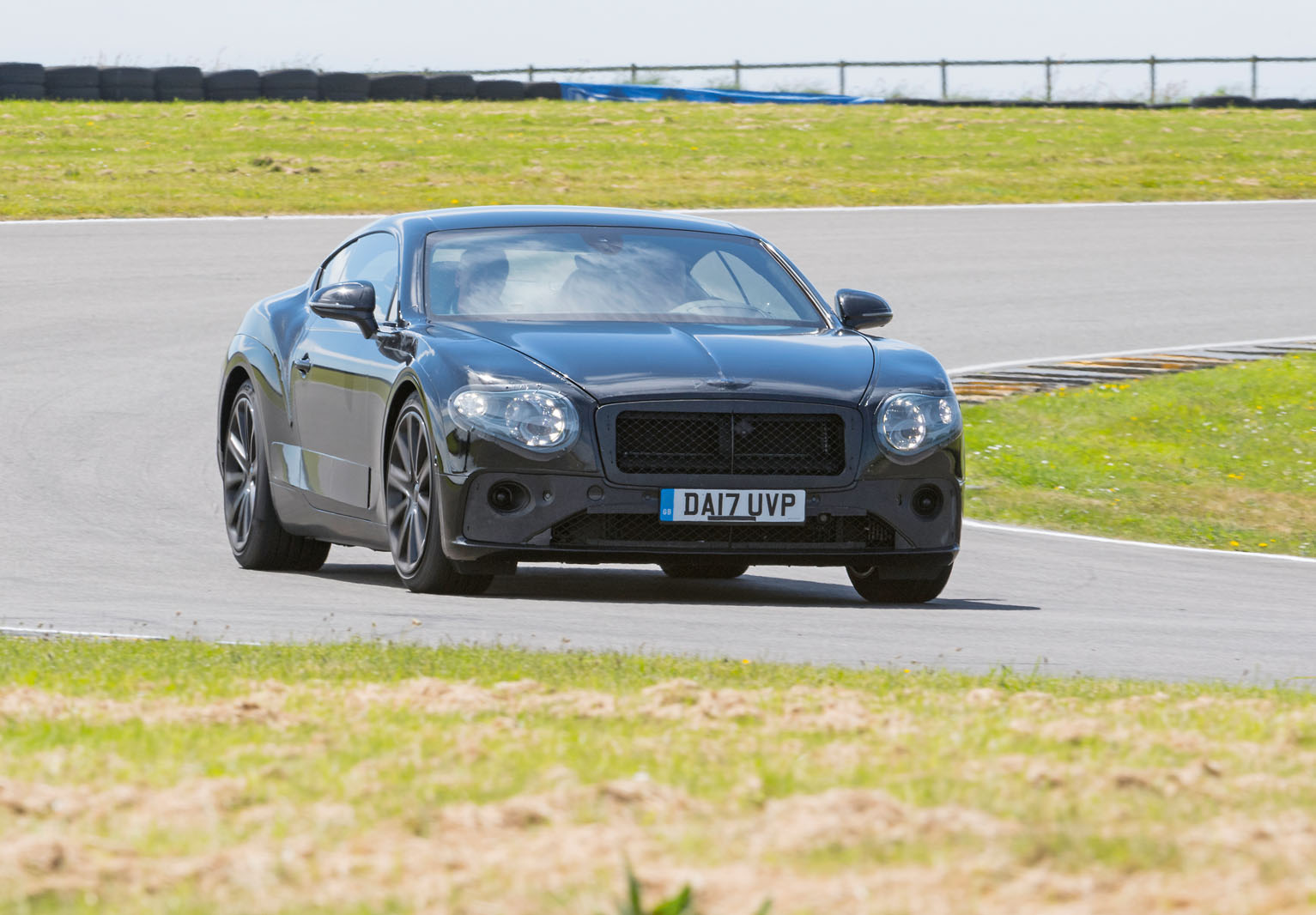
Intelligent use of materials – steel where the engineers need stiffness, lightweight aluminium where they don’t – also means the new platform is more rigid as well as being lighter, which contributes to an overall saving of around 100kg compared with the outgoing Continental GT.
The distance between the A-pillars and the front axle line, meanwhile, has been stretched by 135mm, and the front overhang is much shorter. The weight distribution is better balanced as a result, the new car’s 52/48 front-to-rear split representing a significant improvement over the old car’s 56/44. (On a related note, anybody who has driven a current Continental GT at any meaningful speed along a slippery road will know how nose heavy it can be, and therefore how lively the rear end can get on a closed throttle.)
With better, more sophisticated underpinnings, it’s inevitable the new GT will be more capable than the outgoing car. To make the most of that advantage, Frech and Paterson have overseen one of Bentley’s most ambitious development programmes yet. The engineering team is getting through more than 100 development cars – some very early examples will have been built by hand at a cost of up to one million euros apiece, with later cars being built on the production line at Crewe – and between them, these mules will cover more than 620,000 miles of development.
Bentley will squeeze as much value out of each of those cars as possible. Some will be used for crash testing and the very last cars to be built will eventually be used for the international media launch. Ultimately, though, every one of them will have to be destroyed.
“One of the cars we have here today is an early test car from the production line,” says Paterson. “It’s probably six months old now. That car has gone from hot, high-altitude testing in South Africa to cold weather testing in Sweden a week later.”
With several months still to go before production begins and most of the heavy engineering long since complete, the primary focus now, according to Paterson, is “refinement in all areas. Powertrain, HVAC (heating, ventilation and air conditioning), the trim systems, everything on the electrical side…”

Frech says one of the objectives for this new car is to appeal to a younger set of customers: “Even in the last year, however, we’ve seen a shift in the customer base. The US market, for example, is already getting younger. Of course, the marketing has improved and the dealerships have improved, but I strongly believe the GT3 motorsport programme has helped a lot. The old-fashioned image of a Bentley driver – the old guy with the hat – has gone because we’ve showed [with the GT3 car] what the Continental is capable of.”
The best way to appeal to a younger generation, I suggest, would be for the new car to be more exciting to drive than the slightly reluctant outgoing model. Before I drive either of the development mules, I’m allowed a few laps in a current Continental GT W12 to refamiliarise myself. As it happens, I rather like the existing GT, but I’m not going to pretend it’s up to much on a circuit. The heavy nose means it trips into understeer early, the automatic gearbox feels lazy, the columnmounted shift paddles are awkward to use and the throttle response is dim-witted. The GT was never designed as a track car, of course, and it takes only a handful of corners to reaffirm that.
However, it takes just one corner, Anglesey’s very first, which is a heavily banked right-hand hairpin, to realise that its replacement operates on an entirely different level on a circuit. It’s better in every single area by huge amounts, better on the scale of the scorched Australian outback, better by vast expanses, better by distances only the Pilgrims who voyaged across the Atlantic in the Mayflower could ever comprehend. Listen, it’s just better.
For one thing, the steering – electrically assisted, whereas the current GT uses hydraulic assistance – is a vast improvement in terms of precision, feedback and accuracy. The front end also gets into a corner so much more willingly, and then holds a much better line, rather than washing out. Thanks to the clever Bentley Dynamic Ride anti-roll system, the body remains uncannily flat in the bends, too, rather than rolling and lolloping around like a sailboat in a storm. The dual-clutch gearbox is also much snappier, the steering-wheel-mounted paddles are easier to operate and the engine is much more responsive. With more than 592bhp on tap, the new car doesn’t have a great deal more power than the outgoing one, but it feels so much more accelerative.
There’s torque vectoring by braking on both axles now, which makes the car nimble and agile, and the new variable four-wheel drive system is much smarter. Most of the time, it powers the rear wheels only, but when necessary, it can divert up to 100% of the available torque to the front axle. The Continental GT hasn’t suddenly been transformed into some crazed drift monster, but it does feel supremely well balanced and secure under power and there is a useful amount of adjustability in the chassis. The stability control doesn’t feel terribly refined when you really wring the car out, though, the whole body juddering as the car strains against its electronic safety nets. At least, it doesn’t just abruptly cut drive like the least subtle systems can do.
When exiting tight corners with those safety nets turned off, I was surprised to see great plumes of smoke appear behind the car as the unloaded inside rear wheel torched its rubber. The Continental GT wouldn’t snap into power oversteer, notably, but that manic wheelspin did seem a touch unrefined.
The seating position is vastly superior, too, sitting you low in the car rather than perching you up high. It remains to be seen how any of that translates onto the road, which is all that really matters, but the signs are that the new Continental GT will be a huge step on from the current model. It really should be, of course: Bentley has had 14 years to think about how Old Faithful could be bettered.
Engine W12, 6.0-litre, twin-turbo, petrol Gearbox 8-spd dual-clutch auto Power More than 592bhp Torque 664lb ft 0-60mph Less than 4.0sec Top speed More than 200mph
CONTINENTAL GT’S GREATEST HITS: HOW MUCH ARE THEY TODAY?
2003 CONTINENTAL GT W12
The earliest Continental GTs are now 14 years old, but since the styling evolved very gradually during that time, most onlookers would assume it was much younger than that. It still offers an awful lot of presence, performance and luxury for under £20,000.
2009 CONTINENTAL SUPERSPORTS
At the time of its launch, the original Supersports was the fastest and most powerful Bentley. Its performance – 0-60mph in 3.7sec – is still impressive, and its 420mm carbon-ceramic discs are every bit as remarkable. It can be had for £60,000 today.
The GT3-R was built to forge a link between the company’s GT3 racing programme and its road cars. Based on the lighter, V8-engined model, it did without its rear seats. Just 300 were sold, which is one reason why you’ll pay £190,000 for one today.
In many ways, the V8 S was the sweet spot of the Continental GT range. It was still plenty quick enough, with 521bhp, but was lighter and more agile than the heavier W12-engined versions. Today, about £85,000 will buy an early, 20,000-mile car.
The first Bentley to surpass the 700bhp mark, the latest Supersports is monstrously fast and hugely desirable… as long as you avoid the twotone paint schemes. It’s the ultimate farewell to the old Conti GT but, at £212,500, it’s staggeringly expensive.

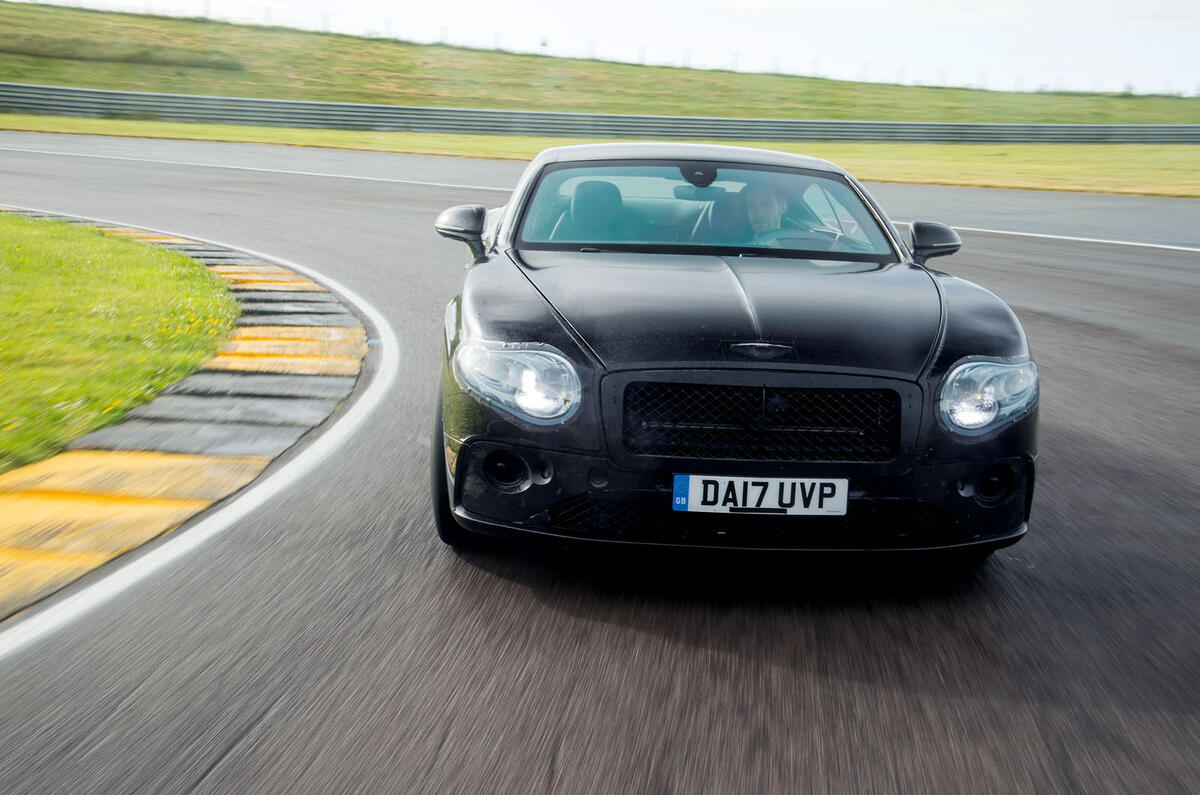
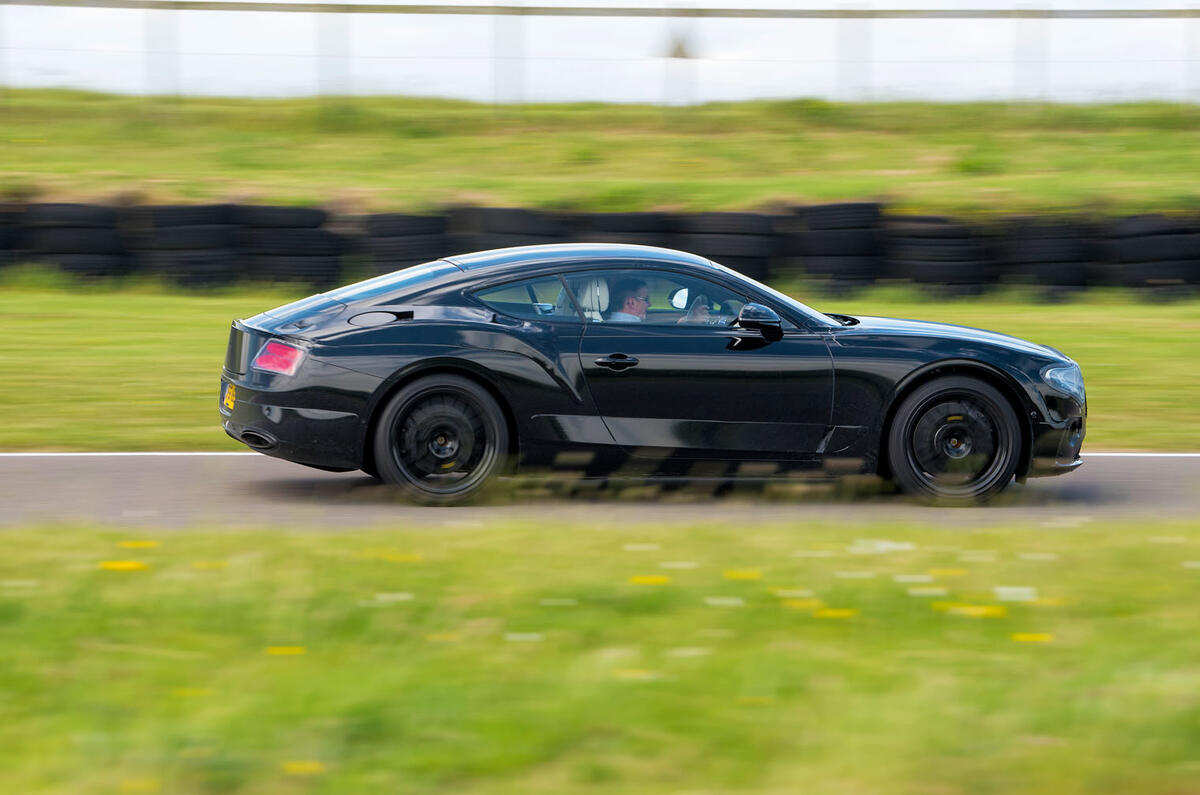
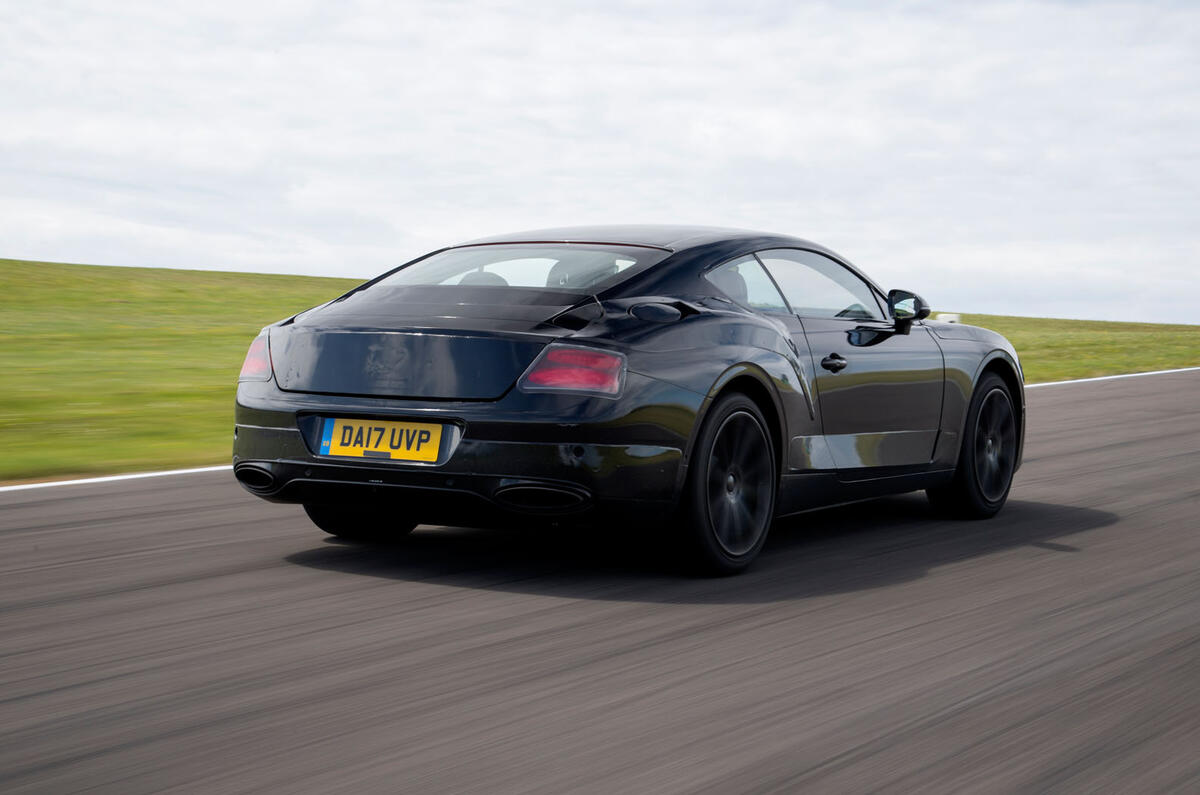


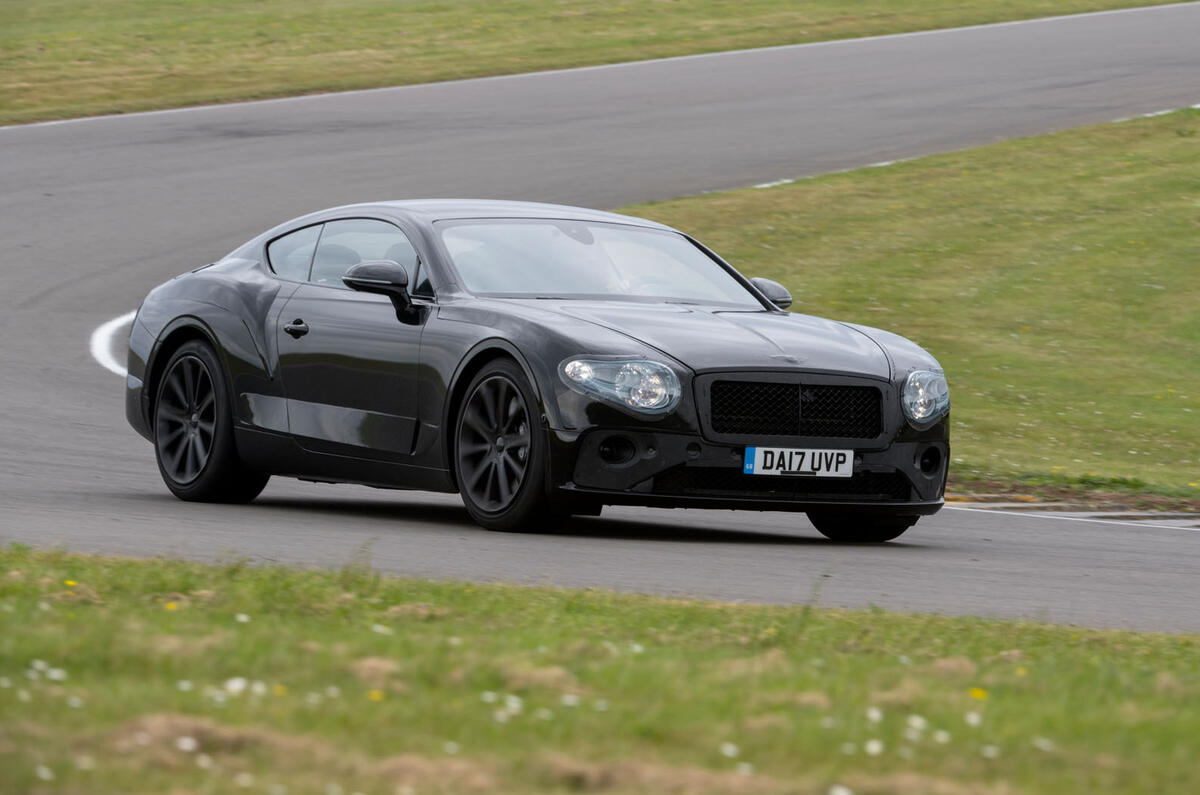

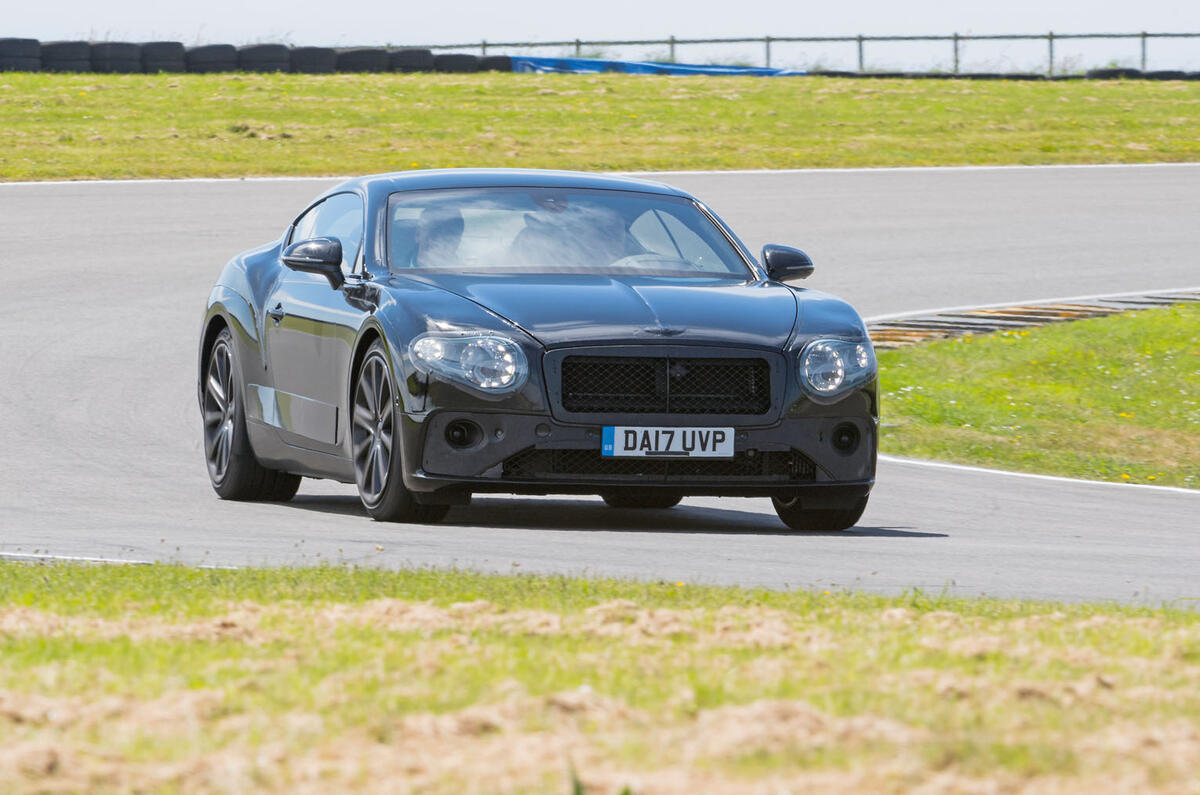
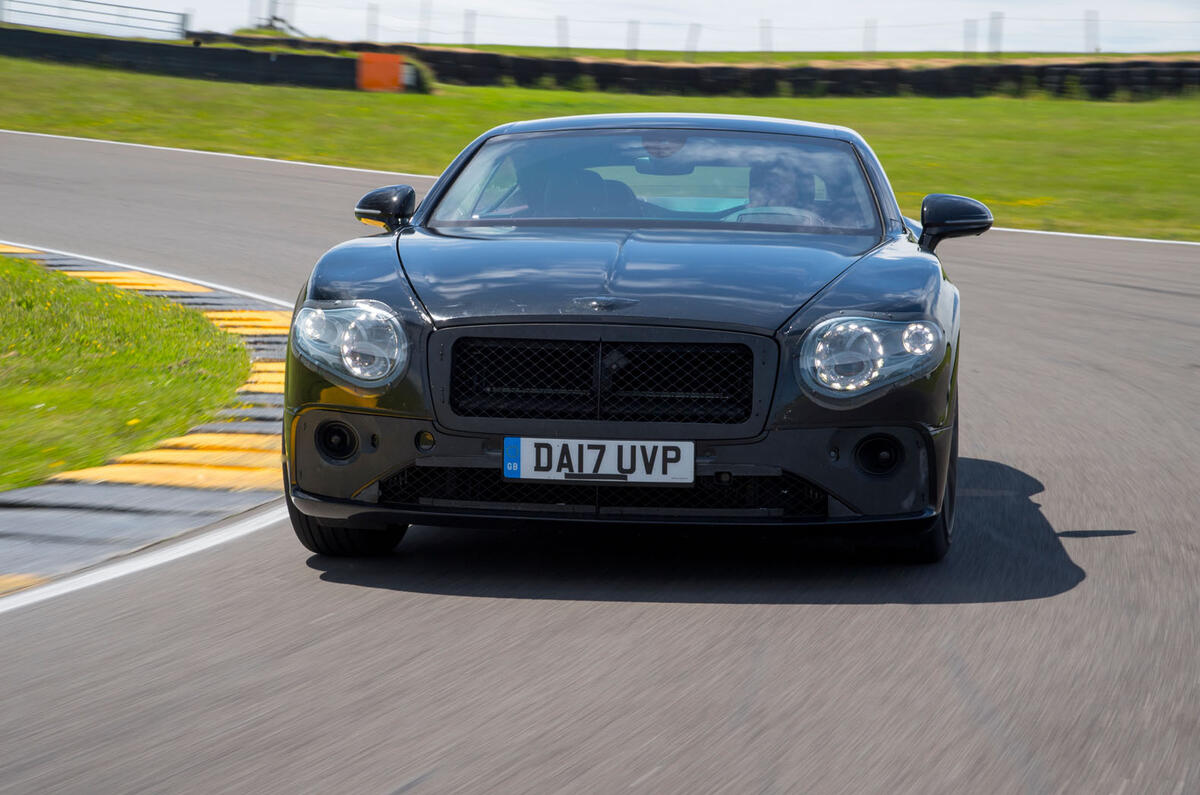














Join the debate
Add your comment
Crying shame...
Nope. A Bentley should be a
Share or share alike
Platform sharing sucks!